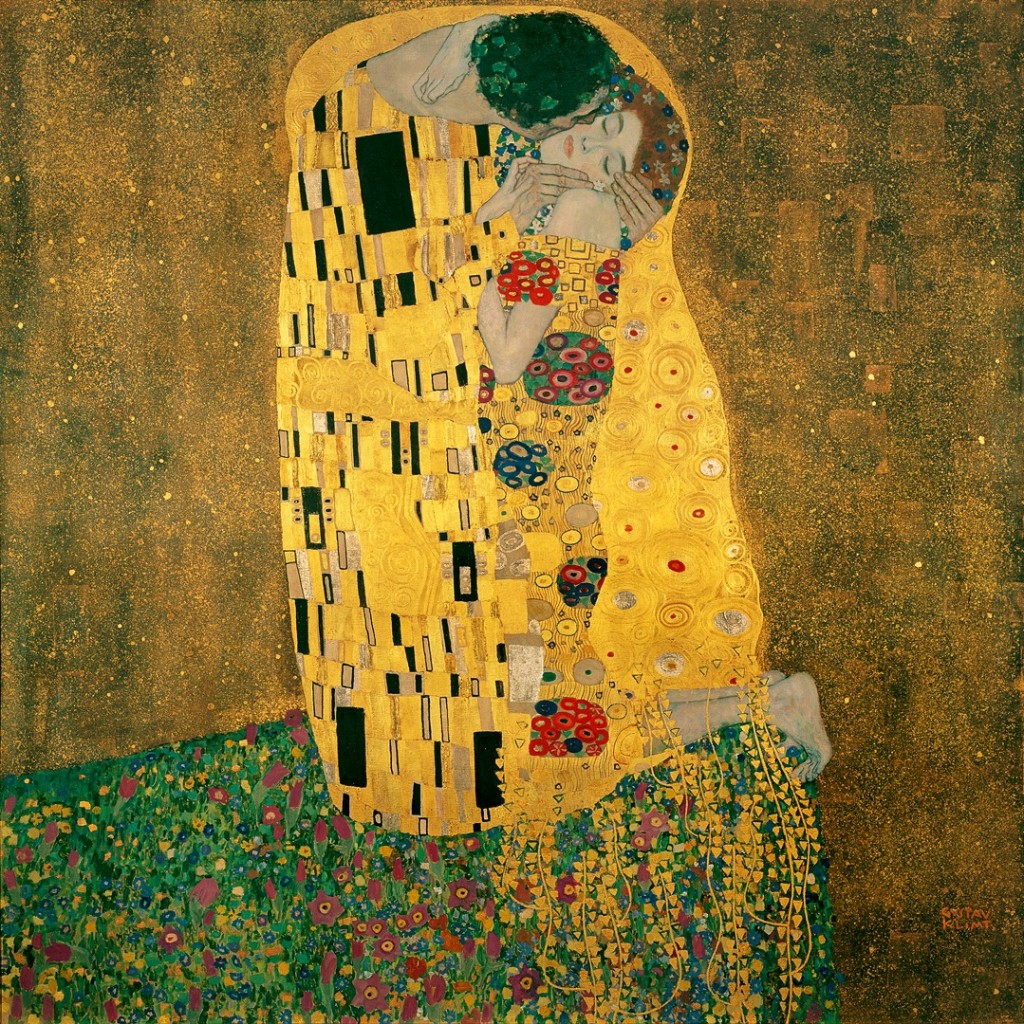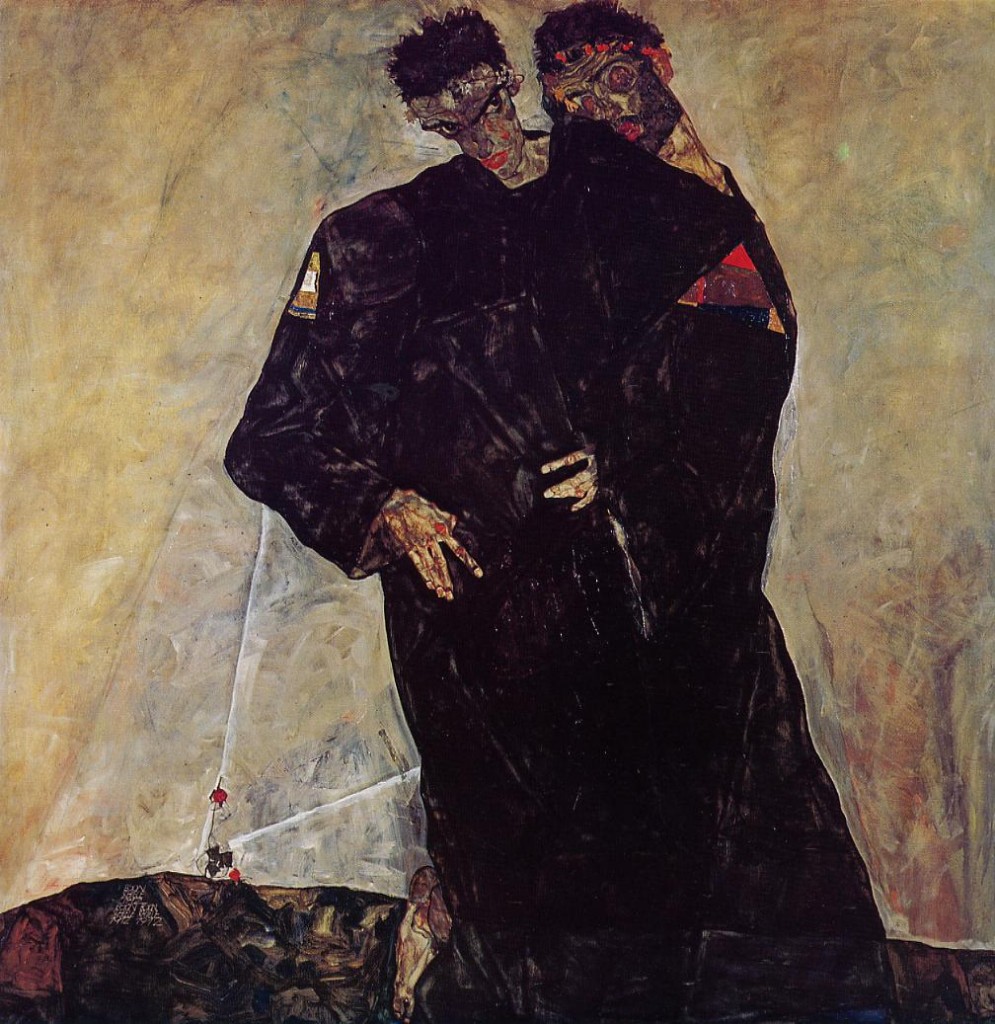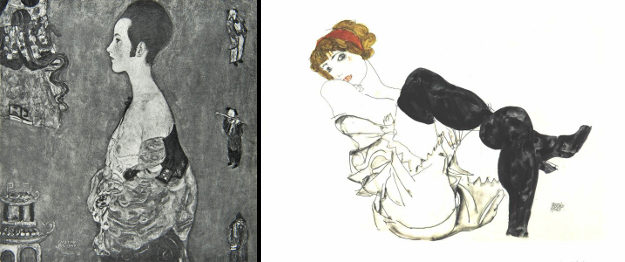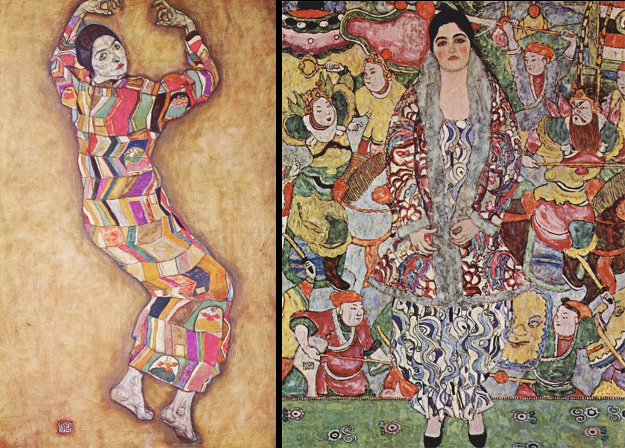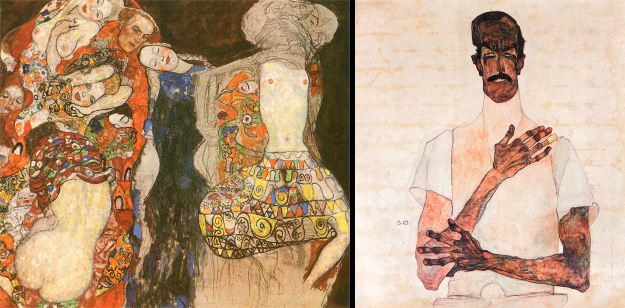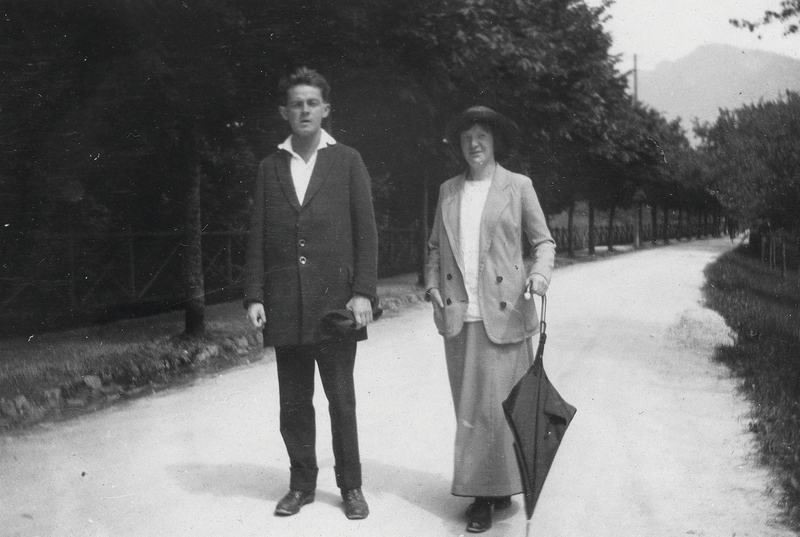The Roots Is The Toots: The Music That Got The Generation Of ’68 Through The 1950s Red Scare Cold War Night-The Time Of Frankie’s Carnival Time
By Allan Jackson
[I hope the need to constantly introduce myself and my circumstances are old hat by now that I have been permitted by the man who replaced me in my job on this site Greg Green to finish up this series with my own by-line and do not have to keep repeating that pronouncement. That agreement (negotiated by my old friend Sam Lowell from way back in high school days and those days an occasional writer on this site as well) while restricting what I might have to say about the internal struggle here in 2017 does allow me to comment, to defend myself, against some of the outrageous and frankly loopy rumors that have surfaced around my name after I was “purged.” I will continue to bat does these rumors working around the edges of last year’s internal struggle since in the last posting apparently I did not touch enough on last year’s fight to warrant a big red-pencil by current site manager Greg Green.
Before I was allowed to have my own by-line in this series I had prevailed upon Jack Callahan, my old friend also from high school days and a big financial backer of this publication, to swat what rumors he could on my behalf. He did a great job but even he did not get all of the facts right in the rumor that I was “pimping” a twenty-something shapely blonde surfer girl out in La Jolla met where she was working as a part-time waitress to make ends meet while she searched for the “perfect wave.” Jack at least got it part right that I wasn’t pimping for her but he seems to have missed a communication from me about her real age, about what she really did beside her hobby of surfing and that no, she was not teaching me to surf. (Me a guy who truly loves the ocean but has been hesitant to swim over my head ever since I was eight years old and almost drowned and would have except the quick reaction of the woman lifeguard who saved my stupid young ass when I drifted too far out on a vagrant log that was carrying me along with the ebbing tides. So no, not at all on that surfing rumor.)
After that fiasco in Utah with those perfidious Mormons, hell, I might as well tar the whole lot with Mitt Romney’s brush when all is said and done, I was a bit desperate, a bit down thinking I would never get another job except maybe as an elderly bag guy at some suburban super-market making small change chat with the blue-haired ladies on Senior discount days so I headed where I, where we, the old high school and 1960s gang that were still around would head, to California. To Carlsbad first when my third wife, Mimi, and I had a condo time share arrangement which I gave up when we were divorced but the memories were too much and I drifted south toward La Jolla another well-known refuge spot for the old gang.
One day I really was famished and I decided to head over to Dave’s Diner where I knew that I would get a good generous portion meal and would not have to wash dishes to pay the freight. One great thing about diners is they universally have counters and swivel seats for single diners which I always appreciated since I would have felt foolish sitting alone at a table or in a booth. I sat down as usual and started looking at the menu as the waitress, yes I know waitperson or wait staff, came by and asked if I wanted coffee. Normally I would just say no and that would be it but that day feeling out of sorts I mentioned that I loved coffee but my system no longer could take it after years of drinking about ten cups a day.
She, Damask, her name a true California-type name, responded that she couldn’t drink coffee either despite serving all day and that the two of them would put Starbuck’s out of business. Something in the way she said that was appealing, and since the place wasn’t every busy at that hour they chatted in and out of servicing time at her station. The long and short of it was that I just told my story, told it in a funny enough manner that she appreciated what I was talking about. As I paid my bill and was ready to leave I just threw caution to the wind and asked her if she would like to have dinner with me since I was all alone and would appreciate the company. She surprised me when she said yes but also when she suggested that Scudders well-known to me and the old gang as well would be nice. Nice and pricey as well but my credit cards were still in good shape.
The dinner went great and as we parted she mentioned that she was going surfing in the morning at La Jolla Point and maybe I could join her and she could show me how to surf. Naturally I said yes. That next morning I did some shoreline surfing but I never really got the hang of the thing. That wasn’t important anyway since what was important is that we spent that whole day together and the night too. The delightful night but you knew that already.
What you don’t know because Jack got it wrong somehow was that Damask was not some twenty-something blonde surfer girl bimbo, sorry, of legend that the old gang, including me used to dream about in those 1960s Beach Boy summer nights. She was blonde, California blonde so it is always up in the air about the origins, shapely and thirty-something, late thirty-something although I guess whoever saw her on Facebook though she was younger and I did too. Here is the part that is hard to get around if you are not a serious California denizen. There is a whole sub-culture of people of all ages, male and female now, whose central lifestyle focus revolves around the sun and surf. That was, is, Damask’s situation. Moreover she is not some dimwit but a person who is working on a degree in physical therapy so she can get out of the diner racket knowing that is a dead-end. Strange to people who know me, strange for the high pressure guys and gals who I have known over the years to get down on but there it is.
The other point that got screwed up in the translation is that whole question of my “pimping” for her to get dough. Outrageous. Damask told me that when she was younger she did some whorehouse hustling but that was done long ago. What people made a deal out of was the fact that all of a sudden I had dough, dough for alimony, for those infinite college tuitions and figured what they wanted to figure. Dirty minds. The way I got the dough and this will scotch another rumor was that before I left California to head East after Damask agreed that she would come out when I got settled I headed to San Francisco looking for dough. Looking for dough from Miss Judy Garland. Not the real Judy Garland who obviously has been dead for ages but a drag queen (that is how she likes to be describes when persforming just Timmy, a gay guy when not-not Jack’s transvestite) by the name of Timmy Riley. Timmy Riley from our old growing up neighborhood who was so much in the closet in the 1960s that he had to head out to San Francisco to be among his/her “people,” among the night life of North Beach. Timmy had a very tough time of it before he opened up the Shipwreck, a venue for drag queens that has become one of the most popular spots in the town for nightlife. Timmy got the money to get the place from me and I had been sending him money for years on the sly not telling the guys what had happened to him and where he was. I went to Frisco to borrow money from Miss Judy Garland to get back on my feet. And got it. So much for living high on opium with a drag queen. Fuck the rumors. Allan Jackson]
******
An old man walked, walked haltingly down a North Adamsville street, maybe Hancock Street, or maybe a street just off of it, maybe a long street like West Main Street, he has forgotten which exactly in the time between his walking and his telling me his story. A street near the high school anyway, North Adamsville High School, where he had graduated from back in the mist of time, the 1960s mist of time. A time when he was known, far and wide, as the king, the king hell king, if the truth be known, of the schoolboy be-bop night. And headquartered himself, properly headquartered himself as generations of schoolboy king hell kings had done previously, at Salducci’s Pizza Parlor as was his due as the reigning schoolboy king of the night. But that schoolboy corner boy king thing is an old story, an old story strictly for cutting up old torches, according to the old man, Frankie, yes, Francis Xavier Riley, as if back from the dead, and not fit, not fit by a long shot for what he had to tell me about his recent “discovery,” and its meaning.
Apparently as Frankie, let us skip the formalities and just call him Frankie, walked down that nameless, maybe unnamable street he was stricken by sight of a sign on a vagrant telephone pole announcing that Jim Byrd’s Carnival and Traveling Show was coming to town and setting up tent at the Veteran’s Stadium in the first week in June, this past June, for the whole week. And seeing this sign, this vagrant sign on this vagrant telephone pole, set off a stream of memories from when the king hell king of the schoolboy corner boy night was so enthralled with the idea of the “carny” life, of this very Jim Byrd’s Carnival and Traveling Show carnival life, that he had plans, serious plans, to run away, run away with it when it left town.
Under this condition, and of course there was always a condition: if Ma Riley, or Pa Riley if it came to it, although Pa was usually comfortably ensconced in the Dublin Pub over on Sagamore Street and was not a big factor in Frankie’s life when it came time for him to make his mark as king hell king, just bothered him one more time, bothered about what was never specified at least to me. Of course they never did, or Frankie never let on that they did, bother him enough to force the issue, and therefore never forced him on the road. But by then he was into being the corner boy king so that dream must have faded, like a lot of twelve year old dreams.
In any case rather than running away with the carnival Frankie served his high school corner boy term as king hell king, went to college and then to law school, ran a successful mid-sized law practice, raised plenty of kids and political hell and never looked back. And not until he saw that old-time memory sign did he think of regrets for not having done what he said that “he was born for.” And rather than have the reader left with another in the endless line of cautionary tales, or of two roads, one not taken tales, or any of that, Frankie, Frankie in his own words, wants to expand on his carnival vision reincarnation and so we will let him speak :
Who knows when a kid first gets the carnival bug, maybe it was down in cradle times hearing the firecrackers in the heated, muggy Fourth Of July night when in old, old time North Adamsville a group of guys, a group of guys called the “Associates,” mainly Dublin Pub guys, and at one time including my father, Joe Riley, Senior, grabbed some money from around the neighborhood. And from the local merchants like Doc over at Doc’s Drug Store, Mario over at Estrella’s Grocery Store, Mac, owner of the Dublin Pub, and always, always, Tonio, owner of Salducci’s Pizza Parlor. What they did with this money was to hire a small time, usually very small time, carnival outfit, something with a name like Joe’s Carny, or the like, maybe with a merry-go-round, some bumping cars, a whip thing, a few one-trick ponies, and ten or twelve win-a-doll-for-your-lady tents. On the side maybe a few fried dough, pizza, sausage and onions kind of eateries, with cotton candy to top it off. And in a center tent acts, clown acts, trapeze acts with pretty girls dangling every which way, jugglers, and the like. Nothing fancy, no three-ring circus, or monster theme amusement park to flip a kid’s head stuff. Like I say small time, but not small time enough to not enflame the imagination of every kid, mainly every boy kid, but a few girls too if I remember right, with visions of setting up their own show.
Or maybe it was when this very same Jim Byrd, a dark-haired, dark-skinned (no, not black, not in 1950s North Adamsville, christ no, but maybe a gypsy or half-gypsy, if that is possible), a friendly guy, slightly wiry, a slightly side-of-his-mouth-talking guy just like a lawyer, who actually showed me some interesting magic tricks when I informed him, aged eight, that I wanted to go “on the road” with him first brought his show to town. Brought it to Veteran’s Stadium then too. That’s when I knew that that old time Associates thing, that frumpy Fourth of July set-up-in-a-minute-thing-and-then-gone was strictly amateur stuff. See Jim’s Carny had a Ferris wheel, Jim had a Mini-Roller Coaster, and he had about twenty-five or thirty win-a-doll, cigarettes, teddy bears, or candy tents. But also shooting galleries, gypsy fortune-telling ladies with daughters with black hair and laughing eyes selling roses, or the idea of roses. And looking very foxy, the daughters that is, although I did not know what foxy was then. Oh yah, sure Jim had the ubiquitous fried dough, sausage and onion, cardboard pizza stuff too. Come on now this was a carnival, big time carnival, big time to an eight-year old carnival. Of course he had that heartburn food. But what set Jim’s operation off was that central tent. Sure, yawn, he had the clowns, tramp clowns, Clarabelle clowns, what have you, and the jugglers, juggling everything but mainly a lot of whatever it was they were juggling , and even the acrobats, bouncing over each other like rubber balls. The big deal, the eight- year old big deal though, was the animals, the real live tigers and lions that performed in a cage in center stage with some blonde safari-weary tamer doing the most incredible tricks with them. Like, well, like having them jump through hoops, and flipping over each other and the trainer too. Wow.
But now that I think about it seriously the real deal of the carny life was neither the Associates or Jim Byrd’s, although after I tell you about this Jim’s would enter into my plans because that was the carnival, the only carnival I knew, to run away with. See what really got me going was down in Huntsville, a town on the hard ocean about twenty miles from North Adamsville, there was what would now be called nothing but an old-time amusement park, a park like you still might see if you went to Seaside Heights down on the Jersey shore. This park, this Wild Willie’s Amusement Park, was the aces although as you will see not a place to run away to since everything stayed there, summer open or winter closed. I was maybe nine or ten when I first went there but the story really hinges on when I was just turning twelve, you know, just getting ready to make my mark on the world, the world being girls. Yes, that kind of turning twelve.
But nine or twelve this Wild Willie’s put even Jim Byrd’s show to shame. Huge roller-coasters (yes, the plural is right, three altogether), a wild mouse, whips, dips, flips and very other kind of ride, covered and uncovered, maybe fifteen or twenty, all based on the idea of trying to make you scared, and want to go on again, and again to“ conquer” that scared thing. And countless win things (yah, cigarettes, dolls, teddy bears, candy, and so on in case you might have forgotten). I won’t even mention that hazardous to your health but merciful, fried dough, cardboard pizza (in about twenty flavors), sausage and onions, cotton candy and salt water taffy because, frankly I am tired of mentioning it and even a flea circus or a flea market today would feel compelled to offer such treats so I will move on.
What it had that really got me going, at first anyway, was about six pavilions worth of pinball machines, all kinds of pinball machines just like today there are a zillion video games at such places. But what these pinball machines had (beside alluring come-hither and spend some slot machine dough on me pictures of busty young women on the faces of the machines) were guys, over sixteen year old teenage guys, mainly, some older, some a lot older at night, who could play those machines like wizards, racking up free games until the cows came home. I was impressed, impressed to high heaven. And watching them, watching them closely were over sixteen- year old girls, some older, some a lot older at night, who I wondered, wondered at when I was nine but not at twelve, might not be interfering with their pinball magic. Little did I know then that the pinball wizardry was for those sixteen year old, some older, some a lot older, girls.
But see, if you didn’t already know, nine or twelve-year old kids were not allowed to play those machines. You had to be sixteen (although I cadged a few free games left on machines as I got a little older, and I think the statute of limitations has run out on this crime so I can say I was not sixteen years or older). So I gravitated toward the skee ball games located in one of those pinball pavilions, games that anybody six to sixty or more could play. You don’t know skees. Hey where have you been? Skee, come on now. Go over to Seaside Heights on the Jersey shore, or Old Orchard up on the Maine coast and you will have all the skees you want, or need. And if you can’t waggle your way to those hallowed spots then I will give a little run-down. It’s kind of like bowling, candle-pin bowling (small bowling balls for you non-New Englanders) with a small ball and it’s kind of like archery or darts because you have to get the balls, usually ten or twelve to a game, into tilted holes.
The idea is to get as high a score as possible, and in amusement park land after your game is over you get coupons depending on how many points you totaled. And if you get enough points you can win, well, a good luck rabbit’s foot, like I won for Karen stick-girl one time (a stick girl was a girl who didn’t yet have a shape, a womanly shape, and maybe that word still is used, okay), one turning twelve-year old time, who thought I was the king of the night because I gave her one from my “winnings,” and maybe still does. Still does think I am king of the hill. But a guy, an old corner boy guy that I knew back then, a kind of screwy guy who hung onto my tail at Salducci’s like I was King Solomon, a guy named Markin who hung around me from middle school on, already wrote that story once.
Although he got one part wrong, the part about how I didn’t know right from left about girls and gave this Karen stick girl the air when, after showering her with that rabbit’s foot, she wanted me to go with her and sit on the old seawall down at Huntsville Beach and according to Markin I said no-go. I went, believe me I went, and we both practically had lockjaw for two weeks after we got done. But you know how stories get twisted when third parties who were not there, had no hope of being there, and had questionable left from right girl knowledge themselves start their slanderous campaigns on you. Yes, you know that scene, I am sure.
So you see, Karen stick and lockjaw aside, I had some skill at skees, and the way skees and the carny life came together was when, well let me call her Gypsy Love, because like the name of that North Adamsville vagrant telephone pole street where I saw the Byrd’s carnival in town sign that I could not remember the name of I swear I can’t, or won’t remember hers. All I remember is that jet-black long hair, shiny dark-skinned glean (no, no again, she was not black, christ, no way, not in 1950s Wild Willie’s, what are you kidding me?), that thirteen-year old winsome smile, half innocent, half-half I don’t know what, that fast-forming girlish womanly shape and those laughing, Spanish gypsy black eyes that would haunt a man’s sleep, or a boy’s. And that is all I need to remember, and you too if you have any imagination. See Gypsy Love was the daughter of Madame La Rue, the fortune-teller in Jim Byrd’s carnival. I met her in turning twelve time when she tried to sell me a rose, a rose for my girlfriend, my non-existent just then girlfriend. Needless to say I was immediately taken with her and told her that although I had no girlfriend I would buy her a rose.
And that, off and on, over the next year is where we bounced around in our “relationship.” One day I was down at Wild Willie’s and I spotted her and asked her why she wasn’t on the road with Jim Byrd’s show. Apparently Madame LaRue had had a falling out with Jim, quit the traveling show and landed a spot at Wild Willie’s. And naturally Gypsy Love followed mother, selling flowers to the rubes at Wild Willie’s. So naturally, naturally to me, I told Gypsy Love to follow me over to the skees and I would win her a proper prize. And I did, I went crazy that day. A big old lamp for her room. And Gypsy Love asked me, asked me very nicely thank you, if I wanted to go down by the seawall and sit for a while. And let’s get this straight, no third party who wasn’t there, no wannabe there talk, please, I followed her, followed her like a lemming to the sea. We had lockjaw for a month afterward to prove it. And you say, you dare to say I was not born for that life, that carnival life. Ha.




